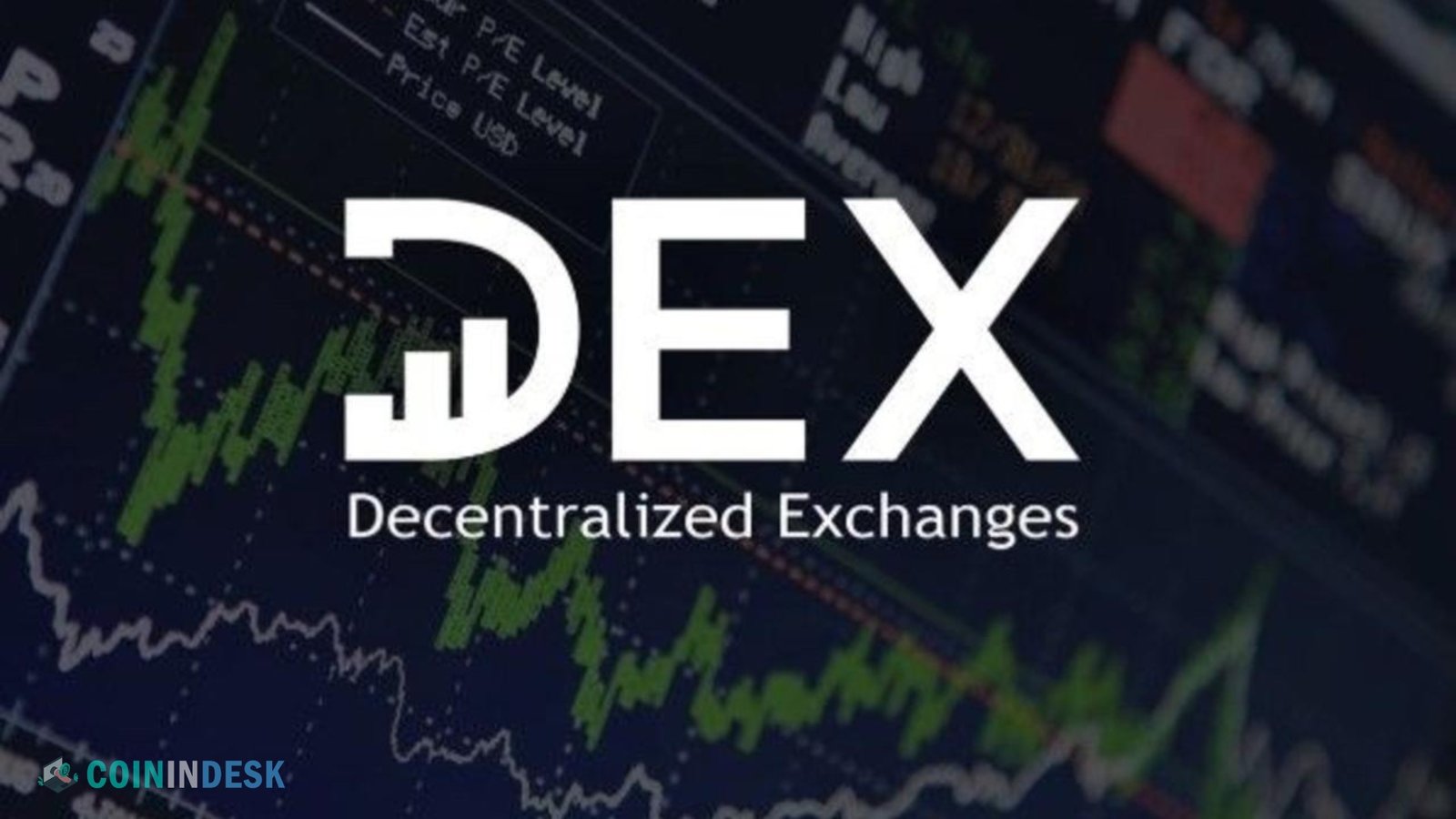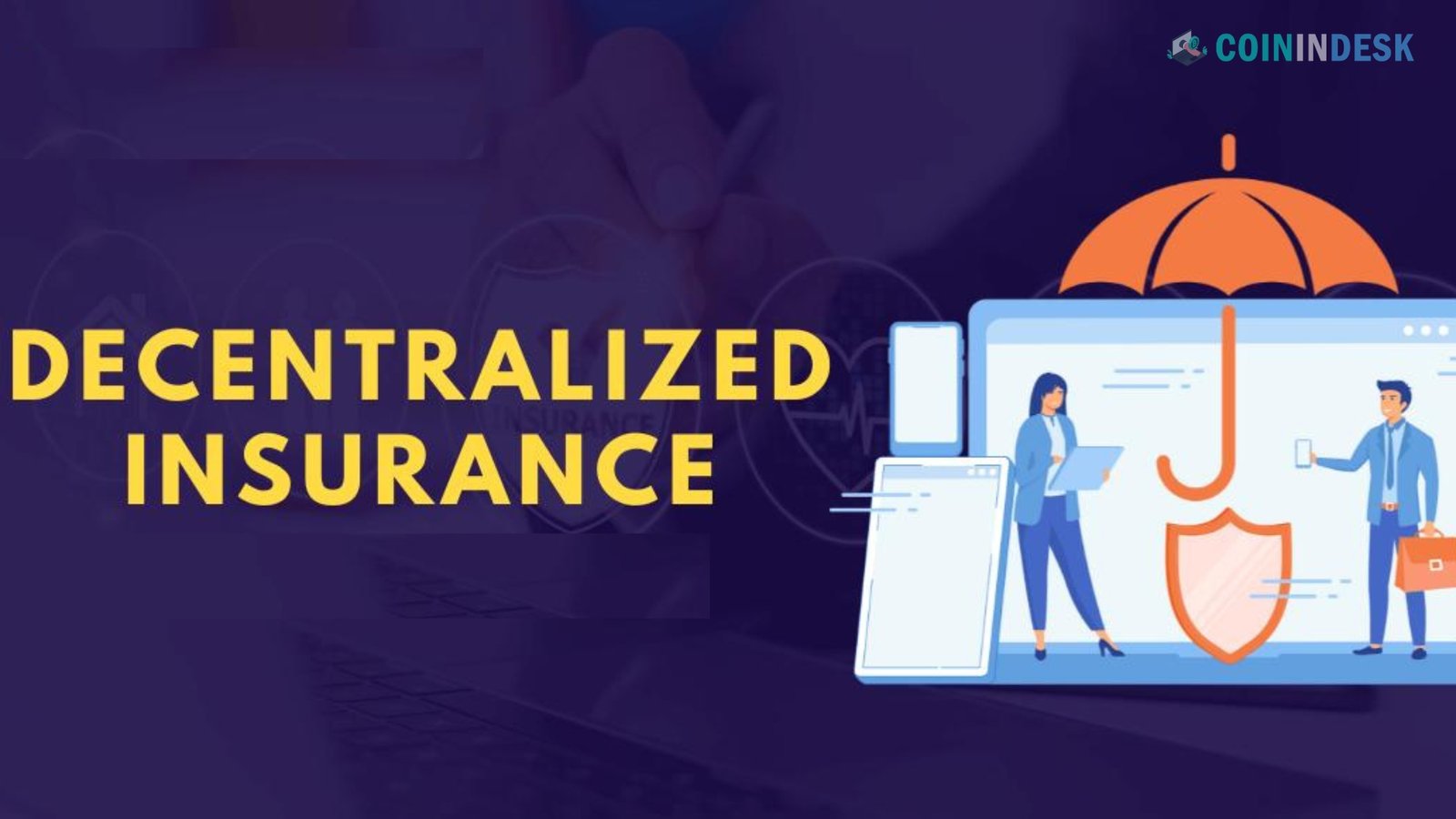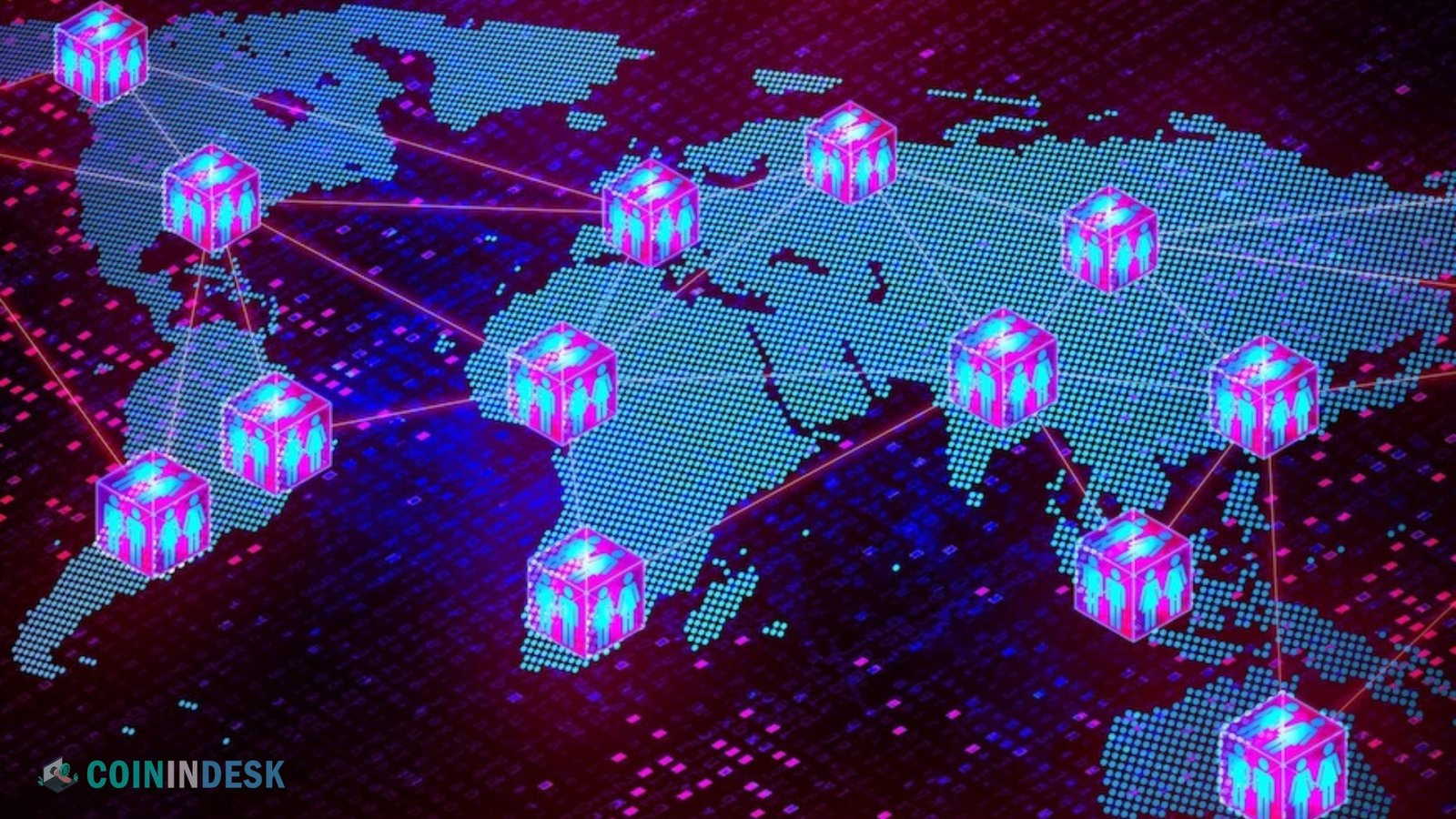DeFi Use Cases: A game-changer in the financial sector, decentralized finance (or “DeFi”) emerged recently. The term “DeFi” describes the network of decentralized financial apps and services developed on top of blockchain technology, most notably Ethereum. With the help of smart contracts and decentralized protocols, DeFi can provide various financial services directly to users, cutting out intermediaries like banks. The financial ecosystem is now more inclusive and accessible thanks to DeFi, because everyone with internet connectivity may participate in financial activities like lending, borrowing, trading, and earning interest. This article explores the various DeFi use cases that have changed the face of traditional banking and created new opportunities for individuals and companies.
Decentralized Lending and Borrowing
One of the most prominent use cases in DeFi is decentralized lending and borrowing. Traditional lending institutions, such as banks, require multiple layers of paperwork, background checks, and credit scores to approve loans. DeFi platforms like Aave, Compound, and MakerDAO enable users to lend or borrow cryptocurrencies in a trustless and permissionless environment.
- How it Works: Users deposit their crypto assets into lending pools as collateral and, in return, earn interest. Borrowers can take loans by providing collateral in the form of cryptocurrencies. Interest rates are determined algorithmically based on supply and demand. The absence of intermediaries allows for lower fees and faster processing.
- Benefits: The process is streamlined and available globally, with users having control over their funds at all times. Moreover, borrowers don’t need to go through credit checks and can access liquidity without selling their assets.
Decentralized Exchanges (DEXs)
Decentralized exchanges (DEXs) like Uniswap, SushiSwap, and PancakeSwap have redefined how users trade cryptocurrencies. Traditional centralized exchanges like Binance and Coinbase require users to trust a central authority to manage their funds, which comes with risks like hacks or mismanagement. DEXs solve this issue by allowing users to trade directly from their wallets without transferring custody of their assets to a third party.
- How it Works: DEXs operate through automated market makers (AMMs) that use liquidity pools. Users deposit assets into these pools, which are then used to facilitate trades. In return, liquidity providers earn fees for each transaction in the pool.
- Benefits: DEXs provide more privacy, security, and autonomy to users. They operate 24/7 and offer a broader range of assets, including tokens that may not be listed on centralized exchanges. Additionally, users maintain complete control of their private keys and funds.
Yield Farming and Liquidity Mining
Yield farming and liquidity mining have become major trends within the DeFi space. These methods offer users opportunities to earn passive income by providing liquidity to DeFi protocols.
- Yield Farming: In yield farming, users lock up their crypto assets in a protocol to earn rewards in the form of additional tokens. This process is often used to bootstrap liquidity for new DeFi projects. For example, users can farm tokens by depositing their assets into lending platforms or liquidity pools on DEXs.
- Liquidity Mining: Liquidity mining involves providing liquidity to DeFi protocols, and in return, users are rewarded with governance tokens. These governance tokens give holders the right to vote on important decisions about the platform’s development and direction. An example of liquidity mining is when users earn UNI tokens by providing liquidity to Uniswap.
- Benefits: Yield farming and liquidity mining offer attractive yields, often higher than traditional savings accounts or investment opportunities. However, these practices also have risks, such as impermanent loss and high volatility, so users should know the potential downsides.
Stablecoins and Decentralized Payments
In the DeFi ecosystem, stablecoins play a crucial role. Stablecoins ensure price stability by pegged to more traditional assets like the US dollar. A decentralized stablecoin, USDT, is among the most well-known stablecoins. Others include USD Coin, USDC, and DAI.
- How it Works: Stablecoins can be used for everyday transactions, cross-border payments, or as a store of value in volatile markets. Since their value is tied to a fiat currency, they mitigate the price fluctuations typically associated with cryptocurrencies. Stablecoins like DAI are created through decentralized protocols such as MakerDAO, where users can lock up crypto collateral to mint stablecoins.
- Benefits: Stablecoins allow for more seamless and efficient payments within the DeFi ecosystem. They are also essential for hedging against volatility and provide a stable medium of exchange for global remittances, reducing reliance on traditional banking systems and currency conversion fees.
Decentralized Insurance
DeFi has also entered the insurance industry by providing decentralized insurance services. Platforms like Nexus Mutual, Cover Protocol, and InsurAce allow users to purchase coverage against risks associated with DeFi protocols and smart contract vulnerabilities. Traditional insurance companies often have cumbersome processes, but decentralized insurance offers a quicker, trustless alternative.
- How it Works: Users can pool their funds in smart contracts, and in the event of a claim, these funds are distributed to the affected users. For example, if a DeFi protocol gets hacked or experiences a smart contract bug, users who have purchased insurance can claim compensation.
- Benefits: DeFi insurance platforms are transparent, with all operations conducted via smart contracts. This model reduces overhead costs, speeds up payouts, and democratizes access to insurance. As the DeFi space grows, decentralized insurance becomes increasingly crucial in mitigating risks associated with DeFi protocols.
Prediction Markets
Prediction markets allow users to bet on the outcome of future events, such as elections, sports events, or a company’s performance. Platforms like Augur and Gnosis provide decentralized prediction markets where users can create and trade shares based on the probability of an event occurring.
- How it Works: Users buy shares of outcomes they believe will occur. For example, if they feel a particular sports team will win a match, they can buy shares predicting that outcome. If the prediction is correct, they can sell their shares for a profit.
- Benefits: Decentralized prediction markets are censorship-resistant and transparent, allowing users worldwide to participate without needing approval from a central authority. This makes them attractive to people who want a fair and open system for betting on real-world events.
Tokenized Assets and Synthetic Assets
Another use case for DeFi is tokenizing real-world assets, including stocks, commodities, real estate, and other tangible goods. Tokenization refers to converting physical assets into digital tokens that can be traded on blockchain platforms. Additionally, synthetic assets—assets that mimic the value of real-world assets—are gaining popularity.
- How it Works: Tokenized assets can be created using platforms like Synthetix or Mirror Protocol, allowing users to trade synthetic versions of real-world assets like stocks or commodities without holding the underlying asset. This creates opportunities for global investors to gain exposure to traditional markets without relying on centralized financial institutions.
- Benefits: Tokenization enables fractional ownership, making investing in high-value assets like real estate or precious metals more accessible. It also enhances liquidity and provides broader access to traditionally illiquid assets.
DAO (Decentralized Autonomous Organizations)
DAOs represent a new form of organization where token holders make governance decisions in a decentralized and transparent manner. DeFi platforms like MakerDAO and Yearn Finance have adopted DAO structures to govern their protocols and make critical decisions about upgrades, fund allocation, and more.
- How it Works: In a DAO, decisions are made through proposals voted on by the community. Token holders can participate in governance by casting votes, with the number of votes weighted according to the number of tokens they hold.
- Benefits: DAOs offer a new way to manage and govern organizations in a decentralized, democratic manner. They reduce the need for traditional hierarchical structures and empower communities to have a say in the direction of projects they support.
Conclusion
DeFi has brought about significant innovation in the financial landscape, challenging traditional systems with decentralized, open-source, and permissionless alternatives. From lending and borrowing to decentralized exchanges, insurance, and DAOs, DeFi’s use cases are vast and continue to expand. While the space is still evolving, the impact of DeFi on financial inclusivity, efficiency, and transparency is undeniable. As more people and institutions explore the potential of decentralized finance, we can expect to see even more groundbreaking applications emerge in the coming years.


